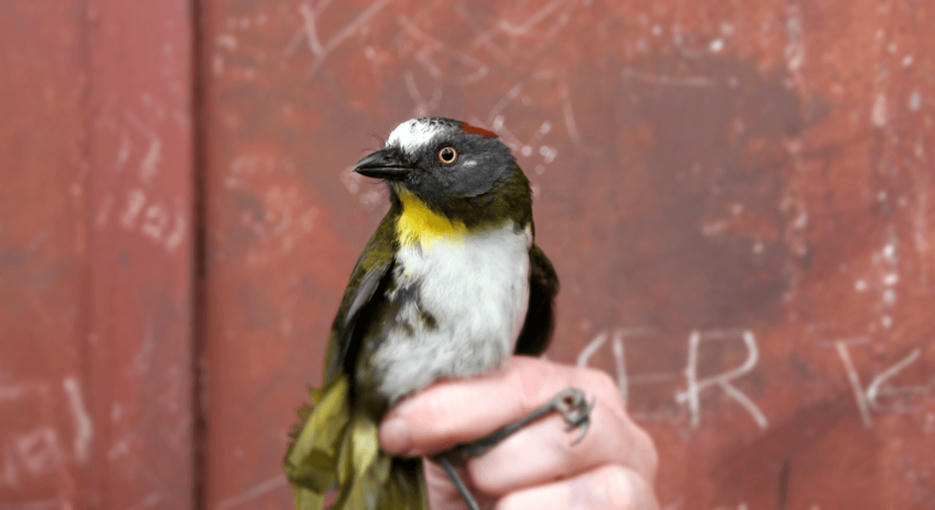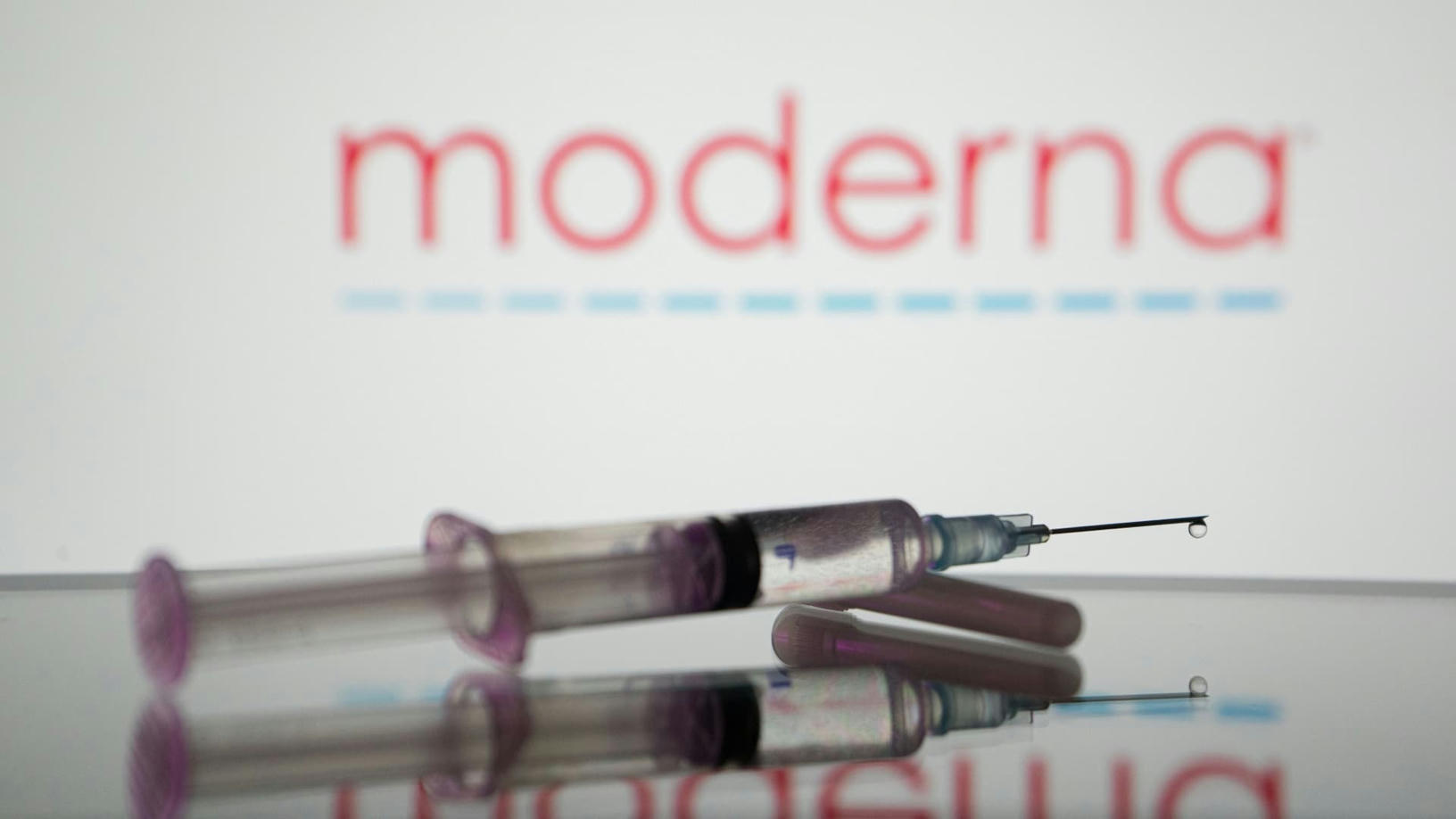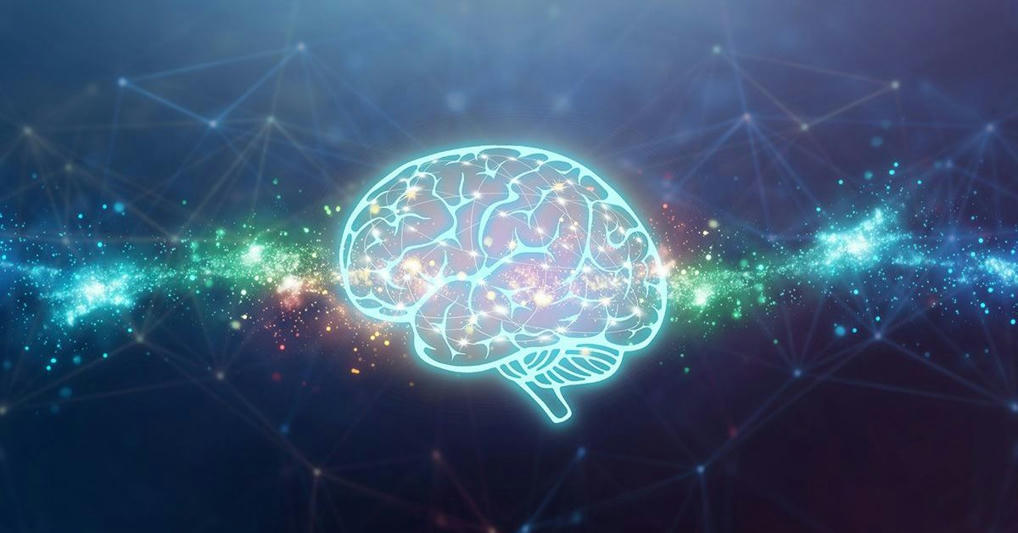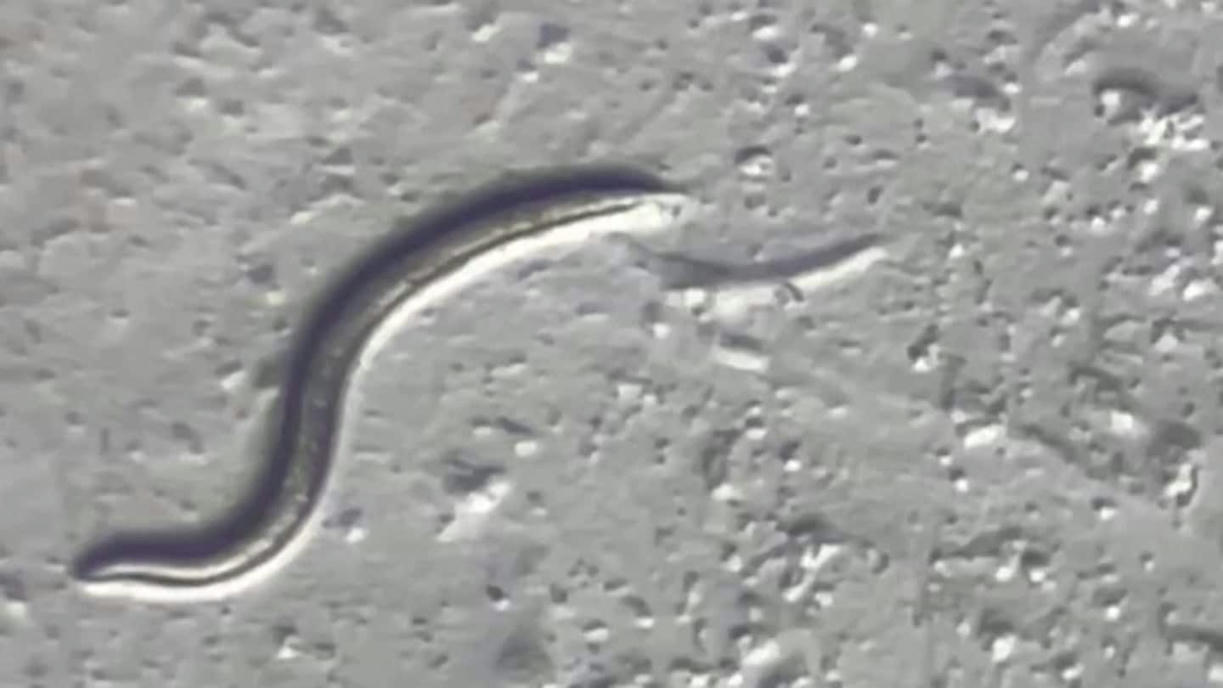
Alfa Romeo is letting fans generate new vehicle designs using AI, and the CarExpert team decided to have a crack too.
Read the full article at: www.carexpert.com.au

Alfa Romeo is letting fans generate new vehicle designs using AI, and the CarExpert team decided to have a crack too.
Read the full article at: www.carexpert.com.au

Chicago Tribune and Australian newspapers the Canberra Times and Newcastle Herald also appear to have disallowed web crawler from maker of Chat GPT
Read the full article at: www.theguardian.com

Creating a realistic photo is not easy. You need to know the rules of design and have good examples to guide you. One method for designing realistic images is Midjourney AI. However, it’s important to be skilled at coming up with ideas and have a list of prompts for realistic portraits design. If you’re new to Midjourney or struggling with realistic photos creation, don’t worry! This blog article has everything you need, including the best Midjourney prompts for realism and ultra realism photos design.
In this blog post, 100+ of the best Midjourney prompts for realistic photos design and creation are being shared. You can also find some examples of photographs that have already been created using the below given prompts. These prompts are designed to inspire your imagination and help you get better at designing realistic images.
Read the full article at: www.theinsaneapp.com

The poisonous birds inhabit one of Earth’s most pristine rainforests, a place as exotic as no other in the world. Hearing the words poisonous and bird coupled will be an eye-opener for most. But poisonous birds actually exist. And now, more species have been discovered in New Guinea’s jungles.
“We managed to identify two new species of poisonous birds on our most recent trip. These birds contain a neurotoxin that they can both tolerate and store in their feathers,” says Knud Jønsson of the Natural History Museum of Denmark.
Jønsson and fellow UCPH researcher, Kasun Bodawatta have been on an Indiana Jones-like research trip, risking life and limb to regularly warring tribespeople and ex-cannibals amidst the jaw-dropping biodiversity of New Guinea’s rainforest. Here they captured two new bird species, each of which has developed the ability to consume toxic food and turn that into a poison of their own.
The other new poisonous bird discovered is the The regent whistler (Pachycephala schlegelii). The two birds that the researchers discovered to be poisonous are the regent whistler (Pachycephala schlegelii), a species that belongs to a family of birds with a wide distribution and easily recognizable song well-known from across the Indo-Pacific region, and the rufous-naped bellbird (Aleadryas rufinucha).
Read the full article at: science.ku.dk

Moderna’s newest vaccine and new shots from Pfizer and Novavax are slated to roll out within weeks, pending potential approvals from the Food and Drug Administration.
Moderna’s newest Covid vaccine generated a robust immune response against the now-dominant Eris variant and another rapidly spreading strain of the virus in an early clinical trial, the biotech company recently stated. The updated shot is designed to target omicron subvariant XBB.1.5, but the results suggest that the injection may still be effective against newer variants of the virus that are gaining ground nationwide. That includes Eris and another variant nicknamed Fornax, both of which are also descendants of the omicron virus variant.
Read the full article at: www.cnbc.com

New Age, a Dhaka-based leading English language daily newspaper, is a major source of news of Bangladesh and international affairs…
Read the full article at: www.newagebd.net

Creating brain-like computers with minimal energy requirements would revolutionize nearly every aspect of modern life. Funded by the Department of Energy, Quantum Materials for Energy Efficient Neuromorphic Computing (Q-MEEN-C) — a nationwide consortium led by the University of California San Diego — has been at the forefront of this research.
UC San Diego Assistant Professor of Physics Alex Frañó is co-director of Q-MEEN-C and thinks of the center’s work in phases. In the first phase, he worked closely with President Emeritus of University of California and Professor of Physics Robert Dynes, as well as Rutgers Professor of Engineering Shriram Ramanathan. Together, their teams were successful in finding ways to create or mimic the properties of a single brain element (such as a neuron or synapse) in a quantum material.
Now, in phase two, new research from Q-MEEN-C, published in Nano Letters, shows that electrical stimuli passed between neighboring electrodes can also affect non-neighboring electrodes. Known as non-locality, this discovery is a crucial milestone in the journey toward new types of devices that mimic brain functions known as neuromorphic computing.
Read the full article at: today.ucsd.edu

New research from UM and its partners suggests artificial intelligence can match the top 1% of human thinkers on a standard test for creativity.
The study was directed by Dr. Erik Guzik, an assistant clinical professor in UM’s College of Business. He and his partners used the Torrance Tests of Creative Thinking, a well-known tool used for decades to assess human creativity. The researchers submitted eight responses generated by ChatGPT, the application powered by the GPT-4 artificial intelligence engine. They also submitted answers from a control group of 24 UM students taking Guzik’s entrepreneurship and personal finance classes. These scores were compared with 2,700 college students nationally who took the TTCT in 2016. All submissions were scored by Scholastic Testing Service, which didn’t know AI was involved.
The results placed ChatGPT in elite company for creativity. The AI application was in the top percentile for fluency — the ability to generate a large volume of ideas — and for originality — the ability to come up with new ideas. The AI slipped a bit — to the 97th percentile — for flexibility, the ability to generate different types and categories of ideas. “For ChatGPT and GPT-4, we showed for the first time that it performs in the top 1% for originality,” Guzik said. “That was new.” He was gratified to note that some of his UM students also performed in the top 1%. However, ChatGTP outperformed the vast majority of college students nationally.
Guzik tested the AI and his students during spring semester. He was assisted in the work by Christian Gilde of UM Western and Christian Byrge of Vilnius University. The researchers presented their work in May at the Southern Oregon University Creativity Conference.
“We were very careful at the conference to not interpret the data very much,” Guzik said. “We just presented the results. But we shared strong evidence that AI seems to be developing creative ability on par with or even exceeding human ability.”
Guzik said he asked ChatGPT what it would indicate if it performed well on the TTCT. The AI gave a strong answer, which they shared at the conference: “ChatGPT told us we may not fully understand human creativity, which I believe is correct,” he said. “It also suggested we may need more sophisticated assessment tools that can differentiate between human and AI-generated ideas.”
He said the TTCT is protected proprietary material, so ChatGPT couldn’t “cheat” by accessing information about the test on the internet or in a public database.
Guzik has long been interested in creativity. As a seventh grader growing up in the small town of Palmer, Massachusetts, he was in a program for talented-and-gifted students. That experience introduced him to the Future Problem Solving process developed by Ellis Paul Torrance, the pioneering psychologist who also created the TTCT. Guzik said he fell in love with brainstorming at that time and how it taps into human imagination, and he remains active with the Future Problem Solving organization — even meeting his wife at one of its conferences.
Read the full article at: www.umt.edu

The animal is a previously unknown species that may help researchers unlock secrets of surviving harsh environments. A female microscopic roundworm that spent the last 46,000 years in suspended animation deep in the Siberian permafrost was revived and started having babies in a laboratory dish. By sequencing the genome of this Rip Van Winkle roundworm, scientists revealed it to be a new species of nematode, which is described in a study published Thursday in the journal PLOS Genetics.
Nematodes today are among the most ubiquitous organisms on Earth, inhabiting the soil, the water and the ocean floor. “The vast majority of nematode species have not been described,” William Crow, a nematologist at the University of Florida who was not involved in the study, wrote in an email. The ancient Siberian worm could be a species that has since gone extinct, he said. “However, it very well could be a commonly occurring nematode that no one got around to describing yet.”
Published in Plos Genetics (July 27, 2023):
Read the full article at: www.washingtonpost.com

Maya Bodnick, a student at Harvard University, conducted an experiment to determine if GPT-4, an AI language model, was capable of passing college exams in the humanities and social sciences. Bodnick had GPT-4 write seven essays on topics such as economic concepts, presidentialism in Latin America, and a literary analysis. She then submitted the essays to professors for grading, without revealing whether they were written by herself or GPT-4.
The results were impressive, with GPT-4 receiving grades ranging from A to B-. It achieved an average GPA of 3.57, which Bodnick called “respectable.” She noted that GPT-4 wrote all the essays based on the given prompts.
Bodnick disclosed that she submitted GPT-4’s answers without any edits, but with two exceptions. First, she combined multiple responses to meet the word count requirement, as GPT-4 could only generate up to 750 words at a time. Second, she asked the evaluators to disregard any missing citations that GPT-4 couldn’t provide, which would normally be essential for academic work.
The evaluators praised GPT-4’s essays, commenting on their clarity, well-structured arguments, and detailed analysis. Only one essay received a lower grade, with the evaluator noting a flowery writing style and a lack of consideration for positive aspects of presidentialism and economic factors.
Bodnick believes that GPT-4’s performance suggests AI-generated essays could receive favorable grades at most universities, though possibly lower at institutions such as Princeton or UC Berkeley. She suggests that AI technology could revolutionize the teaching and learning methods in the humanities and social sciences. Cheating on essays has become easier, and with advancements in technology, including citation capabilities, it may become even more challenging to detect plagiarism.
As for the future, Bodnick questions the effectiveness of text detection systems, as OpenAI’s detector was withdrawn due to accuracy issues. She suggests that exams should involve personal conversations to mitigate concerns about AI writing essays. The fact that GPT-4 passed her exams hints at potential developments in Bodnick’s future field.professional field.
Read the full article at: ts2.space